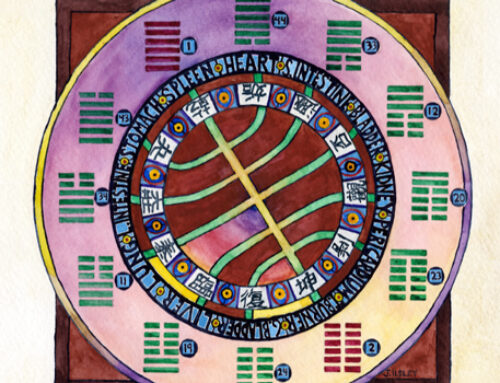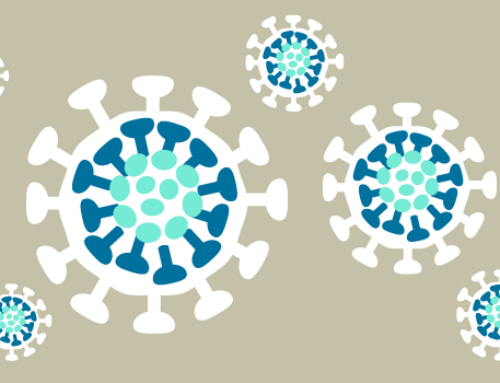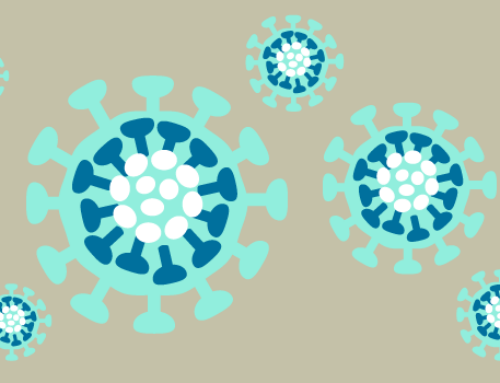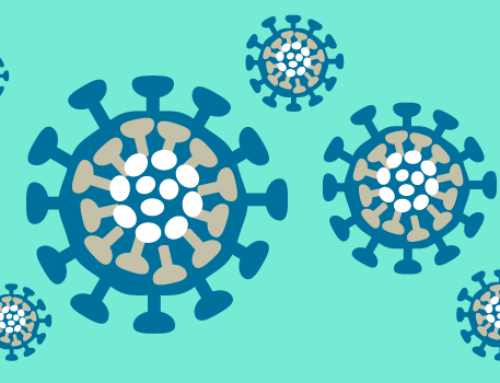By Heiner Fruehauf
National University of Natural Medicine, College of Classical Chinese Medicine
Japanese Kanpo (“Chinese modalities”) medicine has in many ways distinguished itself as an independent school of Oriental medical practice. Although Kanpo practitioners generally derive their inspiration from the Chinese classics, they have developed their own set of diagnostic procedures, therapeutic methods, and medical theories, certain aspects of which vary quite drastically from standard approaches adopted by their colleagues in modern China. To dismiss the Japanese system as an unorthodox branch of Chinese medicine, however, would belittle the age-old Japanese practice of “creative imitation” as baseless esotericism, and miss important aspects of classical Chinese theory that have been preserved and illuminated by the Japanese approach. Abdominal diagnosis, for instance, was first mentioned in the 2nd century clinical classic Shanghan zabing lun (On Disorders Caused by Cold and Miscellaneous Diseases), but is now virtually forgotten in China. Kanpo medicine, on the other hand, has developed abdominal examination into a diagnostic modality in its own right. The Kanpo concept of “blood path disorder” (Chinese: xuedao zheng) is another example that fits this particular context. The purpose of this investigation is to illuminate the clinically extremely significant concepts of “blood” and “blood path disorders” by exploring their Chinese origins.
Xuedao zheng, or blood path disorder, is the academic term for the common Japanese word chi no michi. As defined by Japan’s Kojien encyclopedia, the term refers to both the original Chinese meaning, namely the path on which the blood circulates, as well as the particular Japanese evolution of the word, describing “uterus related diseases” that manifest in cycle related symptoms (headaches, nausea, hot flashes, sweating, etc., as they may occur in PMS, menopause, or post-partum situations). The encyclopedia remarks further that the term “blood path” is therefore a common definition for “blood related diseases” in females. In order to fully understand the modern implications of this concept, it is important to take a look at the physiology of “blood” as it has been described in the Chinese medicine classics–beyond the commonplace that “women are blood, and males are qi.”
Blood and Blood Stasis
A search of Chinese medical sources reveals that the earliest appearance of the term xuedao occurs in chapter 75 of the Lingshu (Magical Pivot) section of the Huangdi neijing (Yellow Emperor’s Classic of Medicine, fl. 2nd century BCE). “If a person prescribes to irregular dietary habits,” the classic states, “or irregular emotional outbursts of joy and anger, internal fluid accumulation will result, affecting the testicles and eventually causing a blockage of the blood path.” Like many other sections in the classic, this paragraph emphasizes that blood has the physiological desire to flow freely, and that blood stagnation will cause disease (see also the chapter on “Regulating the Menses” in the Suwen section of the Neijing). This statement, furthermore, delineates that a) blood is easily influenced by emotions (particularly joy and anger, the emotions associated with the blood organs heart and liver), b) blood stasis is generally accompanied by poor circulation of fluids, and c) blood stasis most easily occurs in the reproductive organs.
Further investigation into the Chinese physiology and pathology of blood reveals a concept that can be found in all traditional cultures around the world–that blood is a type of “sacred juice” which forms the material basis for the various processes of the mind. The Neijing repeatedly points out that there can be no consciousness (shen) without blood, establishing a direct relationship between a person’s state of mind and the quantity and quality of his/her blood. Zhang Jingyue, the most influential medical authority of the Ming and Qing dynasties, summarized this concept in the following way: “The workings of blood are behind every mental and physical function of the body: the moistening of the various organ systems, the focus of our conscious mind (shen), the harmonious functioning of our mental control mechanism (hun)—all of these rely on the workings of blood.” Based on this general definition of blood, Oriental physicians have naturally assumed that blood pathologies such as blood loss, blood heat, blood deficiency, or blood stasis may involve mental symptoms.
Among the various blood disorders, it is blood stasis that appears to occupy a central role in classical Chinese notations regarding the nature of blood pathology. Blood stasis, as many sources point out, can not only figure as a major causative factor for other blood related problems, but is almost always involved in the final stage of other blood related problems.
Due to the physiology of the female body, blood stasis tends to occur more commonly in women than in men. This fact is primarily attributed to the unique structural and energetic properties of the uterus, which redirects our focus to the common meaning of the Japanes term chi no michi (xuedao)–uterus related diseases–and to the ancient Chinese roots of this concept as they are contained in the terms xuehai (Sea of Blood) and xueshi (Blood Chamber).
The Sea of Blood and the Blood Chamber
The Sea of Blood is an alternate name for one of the eight extraordinary vessels, namely the gushing vessel (chongmai). According to Chinese medical theory, the gushing vessel is part of the liver network, being the actual warehouse where the liver’s action of “storing the blood” is performed, while the liver itself is often compared to a managerial clerk who moves the blood in and out as needed. This vessel runs through the body like a central cavern, connecting its lower abdominal centers to the higher centers in the head. If there is a situation of fullness or emptiness or stagnation at the root of the body, this energy imbalance often manifests in symptoms of reversed energy flow. Certain types of nausea or hot flashes are good examples. In a condition like this, both excess and deficient pathogens may suddenly surge up from below via this central passage way, therefore its name—gushing (or thrusting) vessel.
In females, the gushing vessel is also considered to be one of the formative aspects of the uterus, and it is primarily for this reason that traditional Chinese gynecology focuses so emphatically on the diagnosis and treatment of liver pathology. Although the physical uterus exhibits a cyclically draining action, the energetic properties of the closely affiliated gushing vessel have earned it the traditional designation of being “the extraordinary fu organ that stores but does not drain.” (see Neijing chapter on the seven extraordinary fu organs). Wang Bing, the Tang dynasty scholar official and first annotator of the Neijing, explains:
The thrusting vessel is the Sea of Blood, that is the place where all of the channels convene. In males, the blood moves out from here, whereas in females it stays put here, and this accounts for the fact that this area is also called the Blood Chamber. ‘When the conception vessel opens and the gushing vessel is brimming with abundance,’ begins a famous Neijing statement, and one could legitimately paraphrase, ‘then the blood starts moving in males and staying put in females. When dispersing, the result will be no accumulation and fullness, thus producing a moving state. When staying put, however, the result will be accumulation and fullness, thus producing a non-moving state.’
As if further annotating this annotation to the classic, the Song dynasty scholar Chen Wuji writes in his Shanghan mingli lun (Clarification of the Theory of Cold-Induced Disorders): “The Blood Chamber is called a chamber, because a room in a house is a place where it is alright to linger. The body’s Blood Chamber, therefore, is the place where the blood gathers, and where all channels and vessels convene, and that is why it is referred to as the Sea of Blood.”
It is the classic syndrome of “heat entering the Blood Chamber” (re ru xueshi) that best fits the context of uterus related blood and fluid stagnation accompanied by a variety of mental symptoms. This enigmatic and often misunderstood syndrome was first mentioned in paragraph 143 of the Shanghan lun. In the original text, this passage describes the potential mental affects of external pathogens contracted during menstruation or in post-partum situations. In the Shanghan lun, the prescribed remedy of choice is Xiao Chaihu Tang (Minor Bupleurum Combination). The chapter on female diseases in the Jingui yaolüe (Essentials from the Golden Cabinet, originally part of the Shanghan zabing lun) further elaborates that the syndrome of heat entering the Blood Chamber is caused by congealed blood and water clogging up the uterus, resulting in symptoms of “crazy behavior at night, as if the patient was possessed by an evil spirit.”
As later commentators have remarked, the female immune system is in its most vulnerable state during menstruation and thus easily susceptible to external pathogens such as wind cold influences. This temporary state of deficiency may at times allow pathogens to enter the liver network via the uterus, where they disturb the resident hun spirits and cause various degrees of mental control problems. It can thus be counted as one of the great achievements of Chinese medicine that it had clearly recognized the relationship of certain mental disorders (including schizophrenia) and the female menstrual cycle as early as 1,800 years ago.
When summarizing the above information, the following characteristics of “blood” and “blood stasis” emerge: a) Blood is a type of sacred essence, which has traditionally been regarded as the prenatal jing of female physiology; b) Blood desires to flow freely, and if obstructed will manifest as disease; c) Blood stasis first and prominently occurs in the reproductive organs, particularly in the uterus, and therefore primarily affects women; d) Blood stasis is a main cause of mental problems; e) Blood stasis tends to be accompanied by inhibited fluid metabolism and stagnant heat.
When analyzing the Kanpo approach in detail, it appears that all of the standard “blood path” remedies are aimed at the ancient symptom complex outlined above. Kanpo handbooks list a variety of formulas for the treatment of PMS, menopause, and other female disorders that in many instances are all discussed under the category “blood path syndrome.” The most frequently cited formulas are Bupleurum and Peony Formula (Jiawei Xiaoyao San), Tang-kuei and Bupleurum Formula (Xiaoyao San), and Tang-kuei and Peony Formula (Danggui Shaoyao San). From a traditional Chinese perspective, all three of them can be classified as uterus specific formulas that are also aimed at harmonizing a female patient’s mental state. Bupleurum and Peony Formula, in particular, is utilizing the original Jingui yaolüe approach by harmonizing the shaoyang layer, thereby moving both the blood and the fluids, and clearing secondary heat that has been generated by local stasis.
However, since the various stress factors of modern society have drastically changed our physiological environment, it is not just females anymore who present with blood path symptoms in clinical practice. It is not a coincidence, therefore, that recently a host of studies about male climacteric syndrome and cyclical mood swings of men have been conducted. Neurasthenic young urban professionals, moreover, often exhibit symptoms of impotence or low sperm count. On the Chinese mainland, Bupleurum and Tang-kuei Formula (Xiaoyao San) appears to be emerging as the prime remedy for the treatment of work-stress or environmental-stress induced infertility. Since the classical Chinese concept of “blood,” however, includes the biomedically defined category of hormones, and since female hormone metabolism is more complex than its male counterpart, women continue to be the main victims of blood path disorder.









Heiner,
Your understanding and translation of the above information is superb. I love that you have taken aspects from a variety of classics to compare and contrast ideas and interpretations on Blood.
You write beautifully…I will certianly be back to enjoy more.
Thanks
Drew
What is the understanding of “reckless bleeding” in Japanese Kanpo style of CM?
Anna,
I am not aware that the term “reckless bleeding” is a concept that is specific to Japanese Kanpo medicine. This term, as I know it, is most often used in modern Chinese medicine texts to describe hemorrhaging and untimely menstrual bleeding that are due to “blood heat” (rather than spleen qi deficiency causing an inability to hold blood inside the vessels).